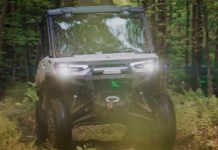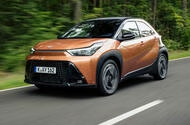AI Driving Laws Myths Debunked as Senior Rules Actually Relaxed
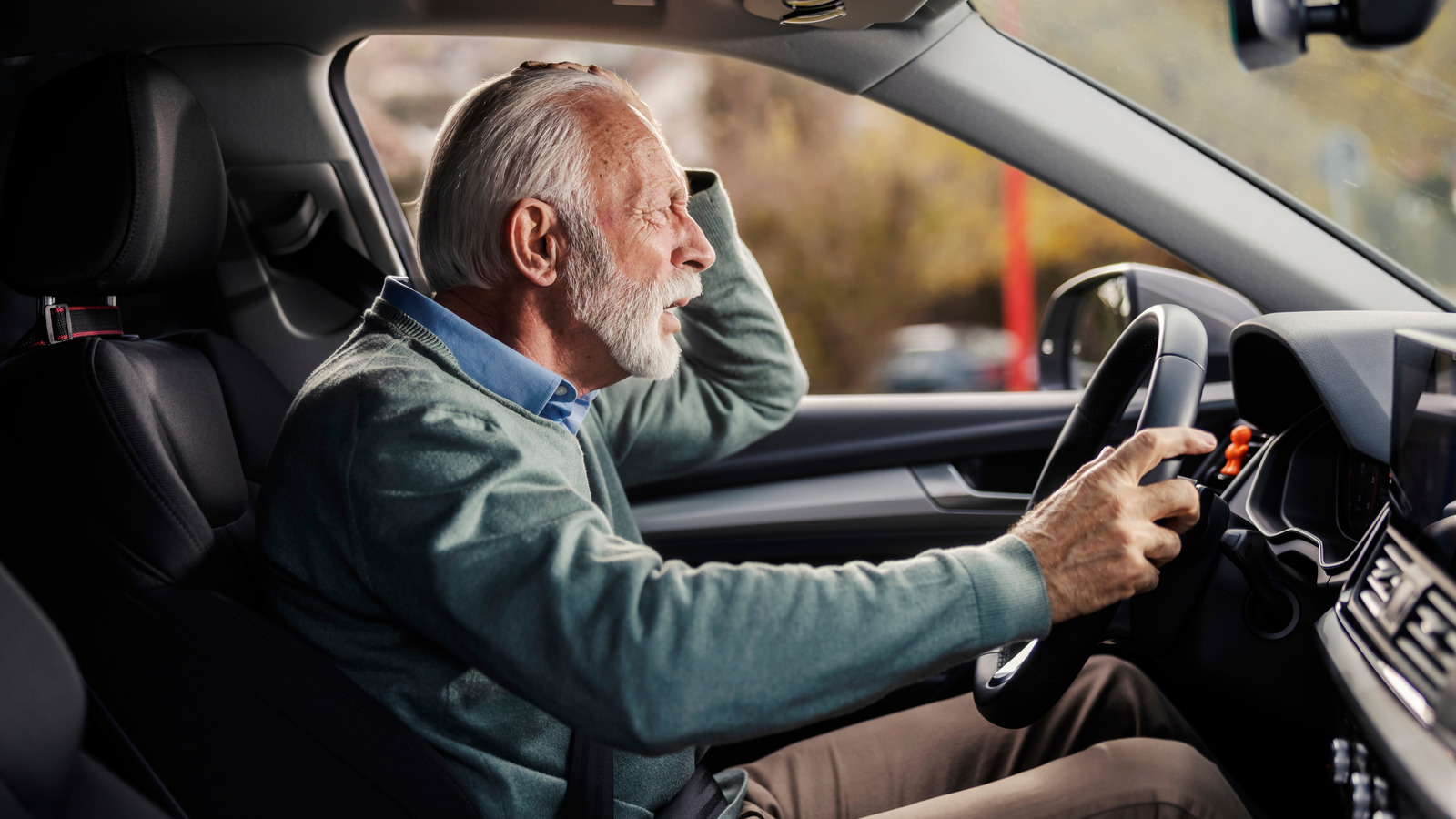
Porsche 911 Dominates as Rivals Disappear Why This Icon Still Matters
Fair warning: the next 750 words are going to be about the Porsche 911.
Some of the readership thinks we cover this car too liberally, and they’re right, if for the wrong reasons. Why that is will soon become clear, but now’s your chance to turn over, pretend none of this happened and read about six-pot engines whose pistons don’t box.
Still here? Much obliged. I’ve got 911s on the brain more than usual. It must be a result of a rear-engined diary concertina. In the past few weeks, I’ve driven RML’s Turbo S-based P39 prototype; I’ve been in Weissach to preview the new hybrid ‘dot-two’ Turbo S and have my innards torn up during a passenger ride; and I’ve done 1600 or so miles in the updated Carrera S.
The highlight of this triple-header is hard to call. The RML is a carbon fibre-bodied tip of the hat to the street-legal 911 GT1 Strassenversion, only with 50% more power and a literal tonne of downforce, plus road manners to match a factory-standard 911.
It’s the answer to a question few are asking, but it is quite cool. Equally, sitting beside Jörg Bergmeister again as he peeled a Turbo S development car into a filthy great slide at 115mph – while asking how my day was going – was also cool.
![]()
Actually, it was absurd. The same ride-along gave a colleague from another well-known mag the shakes, and he races stuff.
Then there was the Carrera S. Hardly the most memorable of cars, yet in the space of a few days it was able to serve up tail-out thrills on a West Country B-road, nail an indicated 202mph on an autobahn and crack through a 10-hour stint in Burmester-fed comfort with no small feeling of specialness.
Yet it was not so conspicuously special that I got jittery leaving it in possibly Mannheim’s dingiest car park. If you want not just a sports car but an accomplice, here it is.
We write a lot about the 911 not because we are in Zuffenhausen’s pocket. Those pockets are emptier than usual, in any case. It’s because the 911 is an extremely good car. Not only this, but there’s also the depressing dearth of opposition to challenge it, which is a recent development.
This was a topic that I mulled often during those many miles in the new Carrera S. The competition: where the hell has it all gone?
Not that long ago, the Carrera S, a showroom powerhouse derivative that generally accounts for about a third of all 911 sales, could be tightly cross-shopped with a great many cars: the Jaguar F-Type, Nissan GT-R, Lotus Evora, Mercedes-AMG GT, Aston Martin V8 Vantage, Audi R8 and Maserati Granturismo.
Even Lexus was involved with the sensuous LC 500. Now the Jag, Nissan, Lexus and Audi are gone. The V8 AMG comes only with unnecessary 4WD. The pricing of the Aston and Maserati has gone to the moon. Unlike the Evora, the Emira has no rear seats and poor storage, and it’s on thin ice anyway.
AMG is cooking up a CLE with a V8, but if it weighs less than a bull elephant, I’ll be amazed. The Corvette? Cracking car, and now made in RHD, but it’s just too flashy, isn’t it?
So we look to the BMW M4 CS. It’s a stunning machine: rapid, usable, and costs what the Porsche does. But is it not concerning that the closest rival to the Carrera S in terms of the crucial all-round package is an esoteric, extra-fruity M coupé that has no cupholders and isn’t exactly grown up?
Improbably, Lexus may yet be our champion: it’s developing a V8 coupé to homologate a GT3 race car. This is the sort of activity we condone.
For now, the Carrera S feels like the last man standing. It has won the day; seen rivals eaten up and spat out – or simply transformed for the worse – by the economics of sports car making. It sounds like a dream scenario for Porsche, but it isn’t.
Engineers love competition: they use it to improve their product and it prompts them to embrace their own engineering idiosyncrasies. Limited rivalry isn’t healthy for the 911, and the shelves of the affordable-ish, driver-focused 2+2 market being so shoddily bare is no fun for anyone.
We road testers particularly dislike a monoculture: it means smaller group tests, less variety, and assessments of steering feel, handling balance and the like begin to exist in a vacuum without points of reference from other companies who do things differently; sometimes ‘better’, sometimes ‘worse’.
As simple creatures, we want hierarchy and context, dammit. So Porsche, keep doing what you’re doing. Make the Carrera S and co a bit lighter while you’re at it.
Everybody else, pull your bloody fingers out and give us something else similarly excellent – or we’ll have to prattle on about 911s.
Can-Am Defender HD11 brings more power and capability for 2026 UTV enthusiasts
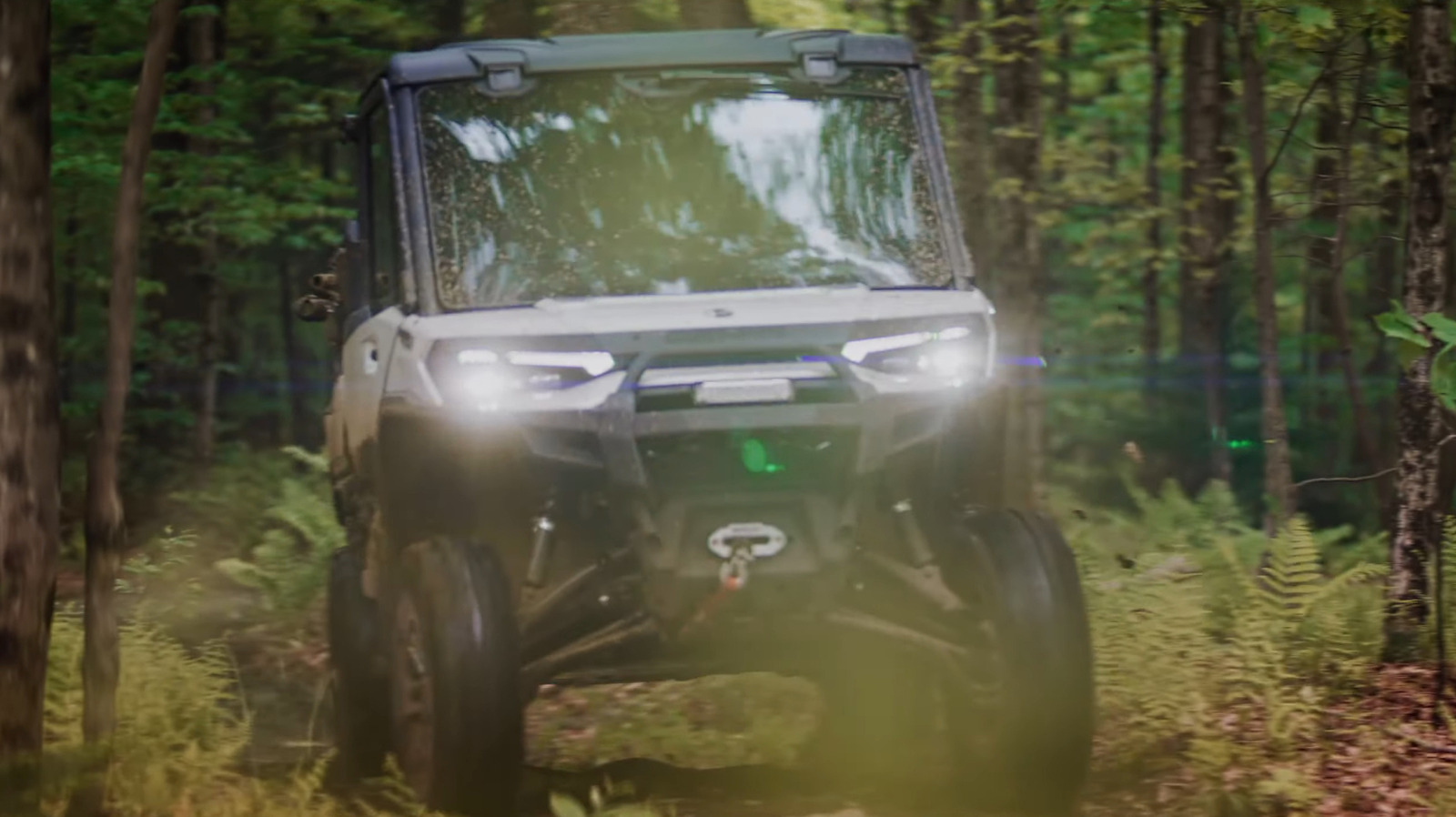
Subaru Best MPG Models Discover the Top Fuel Efficient Cars This Year
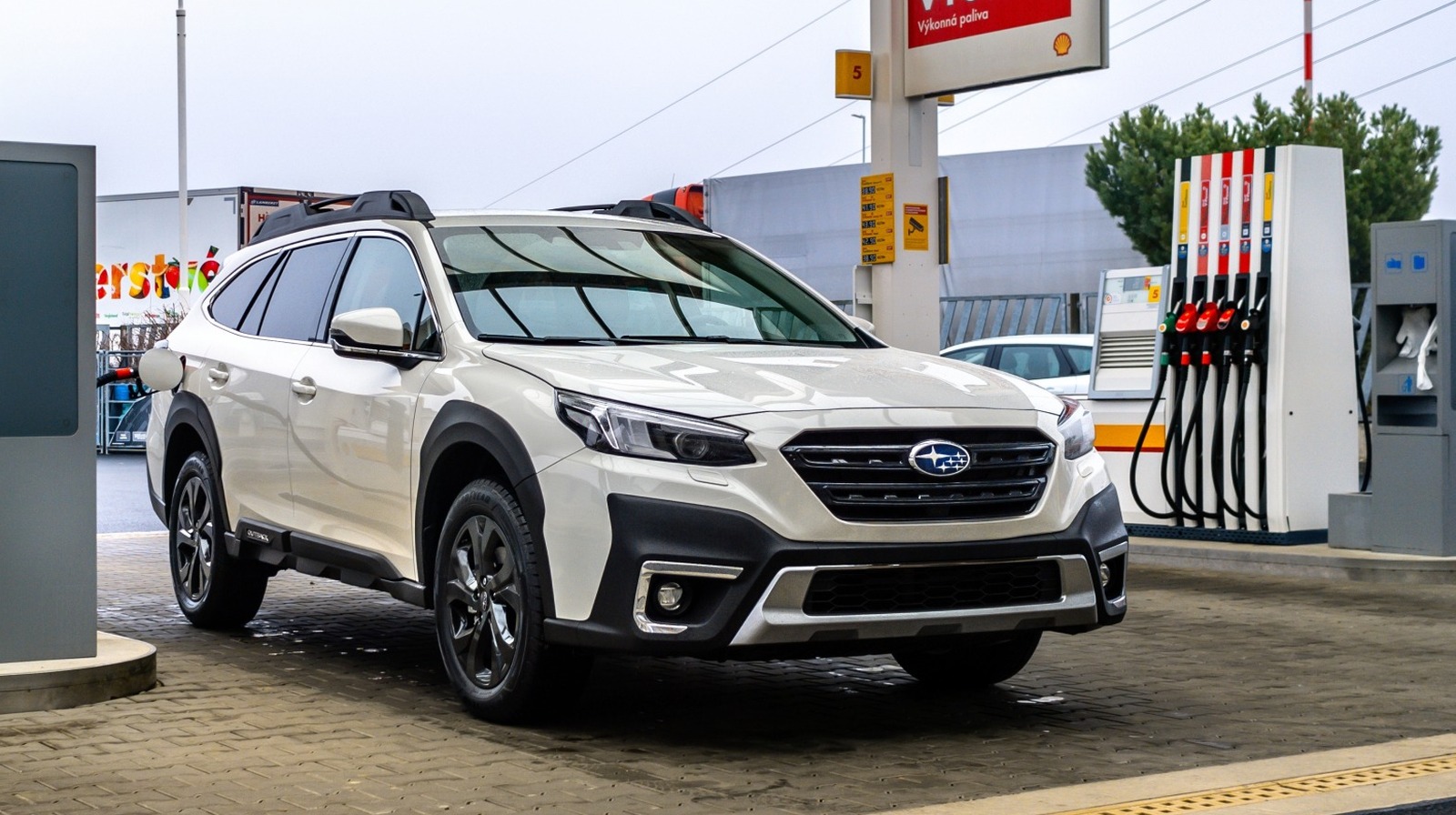
Flooded Roads Why You Should Never Attempt to Drive Through Flood Waters
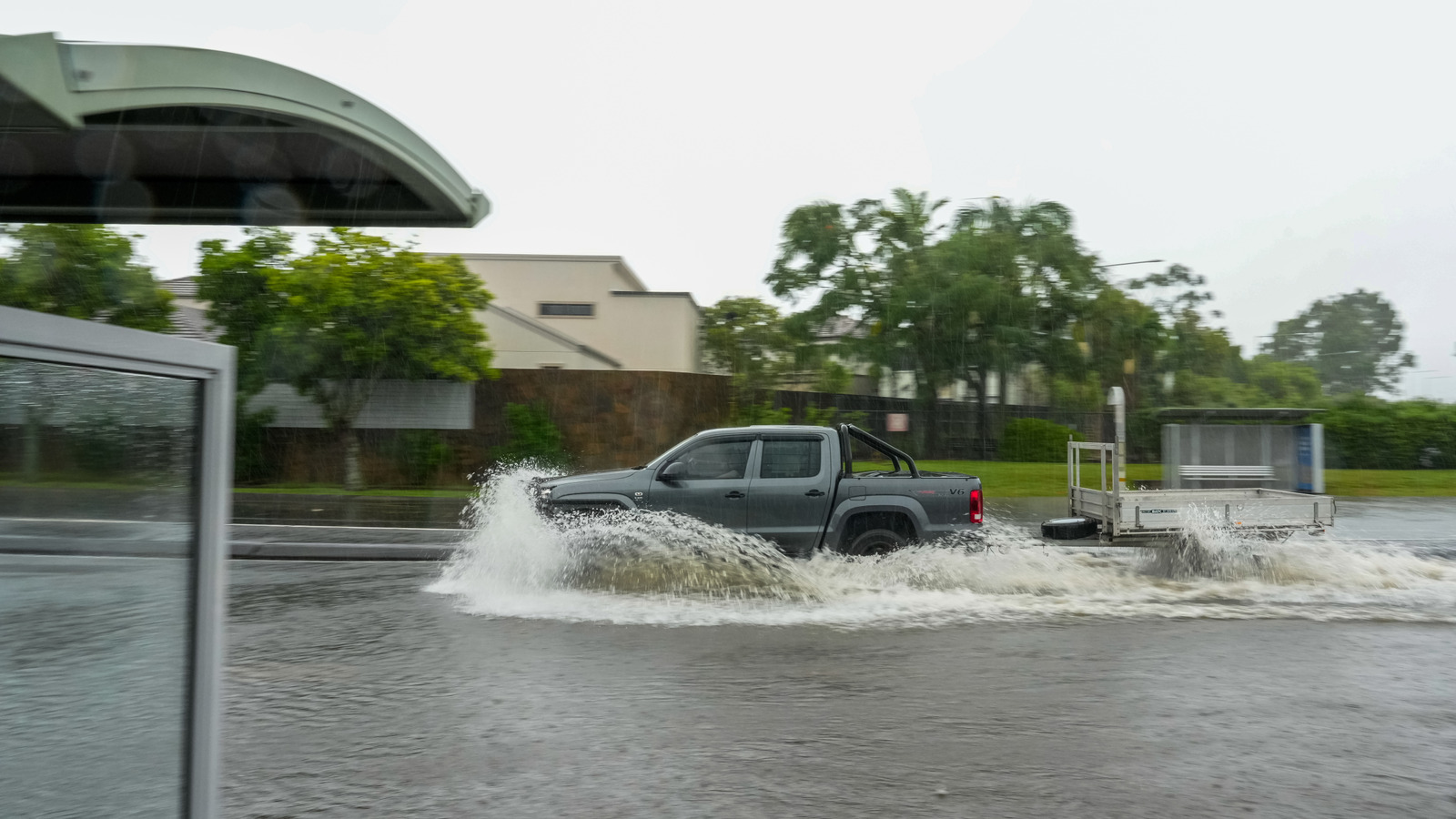
Tire warranties explained what strict rules you need to follow to qualify

Toyota Aygo X Hybrid Delivers Impressive Efficiency for City Car Shoppers
 Toyota's city car has swapped pure petrol power for a hybrid. Does that turn it into a rival for new EV city cars? Initially, this might appear a minor facelift of the Toyota Aygo X, with a slightly restyled front end, some new colours and trim, and a largely untouched interior. Far from it. Under the skin Toyota has, quite literally, crammed in the changes: it’s basically a new machine miraculously shoehorned into the body of an existing one.Before explaining what has changed on the city car, let’s explain why: 86mpg. That was the remarkable indicated fuel economy – achieved without any hypermiling efforts – that my Aygo X test car achieved after an extended test loop covering city streets, country roads and autobahn near Berlin, even exceeding the already impressive 76.3mpg official figure. Efficient? There are teetotal camels that sup more liquid than an Aygo X.That efficiency – and the car’s low 85g/km CO2 emissions – is why Toyota has swapped the Aygo X’s old 1.0-litre three-pot petrol engine for the 1.5-litre hybrid deployed in the Toyota Yaris. And that makes the Aygo X unique: it’s the only ‘full’ hybrid in the city car class, and is intended to make the machine an alternative to the growing rank of small electric cars (not to mention helping Toyota’s fleet emission targets).Given small petrol cars have felt like an endangered species in recent years – with safety and emissions regulations pushing up costs and eroding profit margins, while consumer demand shifts towards bigger SUVs – it’s an interesting proposition. So can the Aygo X conquer both petrol and electric rivals while helping to save a struggling class?
Toyota's city car has swapped pure petrol power for a hybrid. Does that turn it into a rival for new EV city cars? Initially, this might appear a minor facelift of the Toyota Aygo X, with a slightly restyled front end, some new colours and trim, and a largely untouched interior. Far from it. Under the skin Toyota has, quite literally, crammed in the changes: it’s basically a new machine miraculously shoehorned into the body of an existing one.Before explaining what has changed on the city car, let’s explain why: 86mpg. That was the remarkable indicated fuel economy – achieved without any hypermiling efforts – that my Aygo X test car achieved after an extended test loop covering city streets, country roads and autobahn near Berlin, even exceeding the already impressive 76.3mpg official figure. Efficient? There are teetotal camels that sup more liquid than an Aygo X.That efficiency – and the car’s low 85g/km CO2 emissions – is why Toyota has swapped the Aygo X’s old 1.0-litre three-pot petrol engine for the 1.5-litre hybrid deployed in the Toyota Yaris. And that makes the Aygo X unique: it’s the only ‘full’ hybrid in the city car class, and is intended to make the machine an alternative to the growing rank of small electric cars (not to mention helping Toyota’s fleet emission targets).Given small petrol cars have felt like an endangered species in recent years – with safety and emissions regulations pushing up costs and eroding profit margins, while consumer demand shifts towards bigger SUVs – it’s an interesting proposition. So can the Aygo X conquer both petrol and electric rivals while helping to save a struggling class?Mechanical Failure Suspected in Small Plane Crash at Lime Rock Park

Jeep Gladiator 4xe Canceled Before Hitting the Market

Boeing Worker Pay Cuts Lead to Fewer Planes Built



